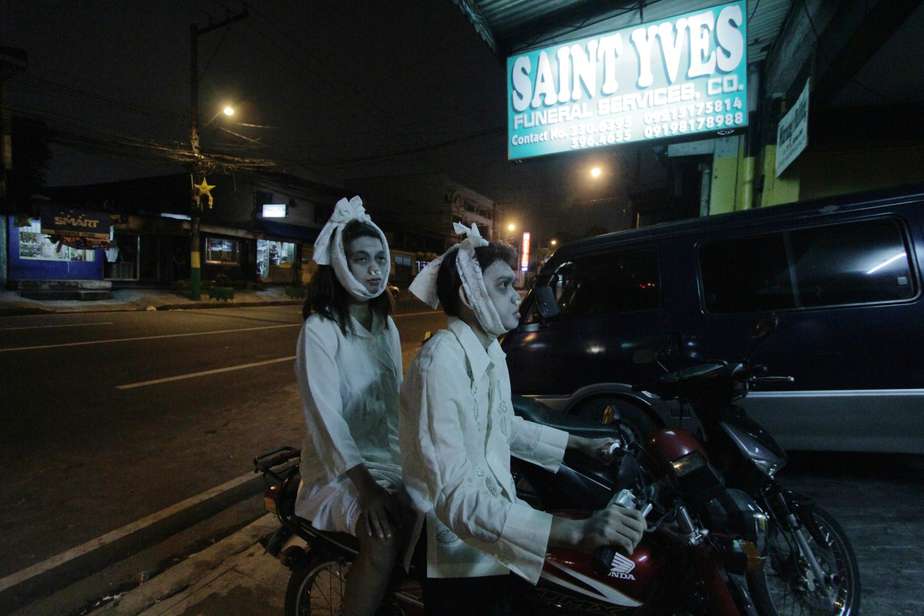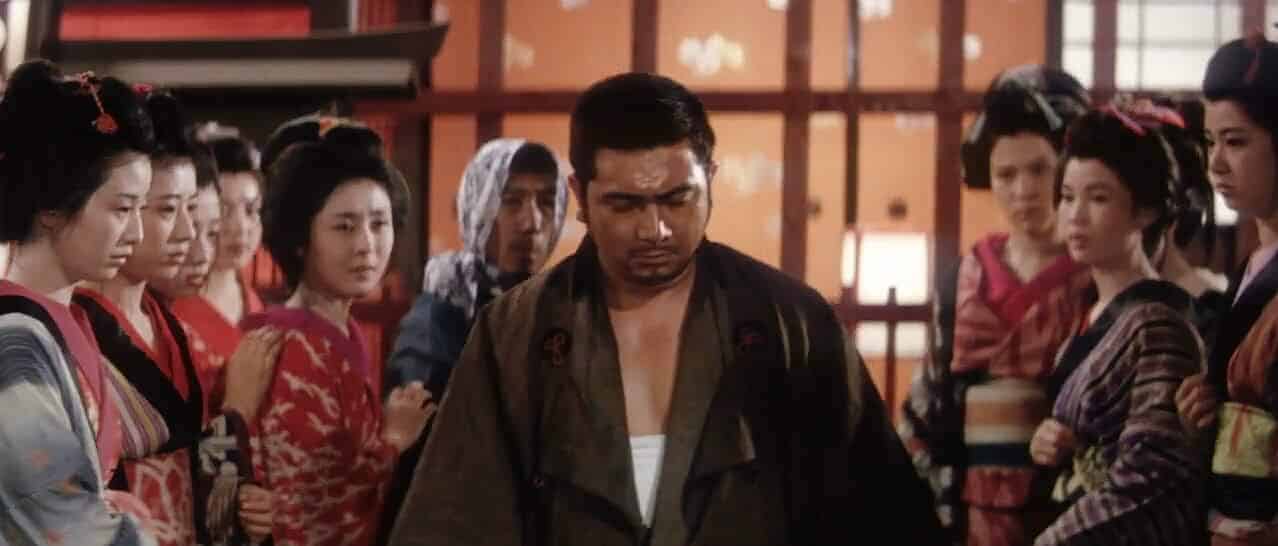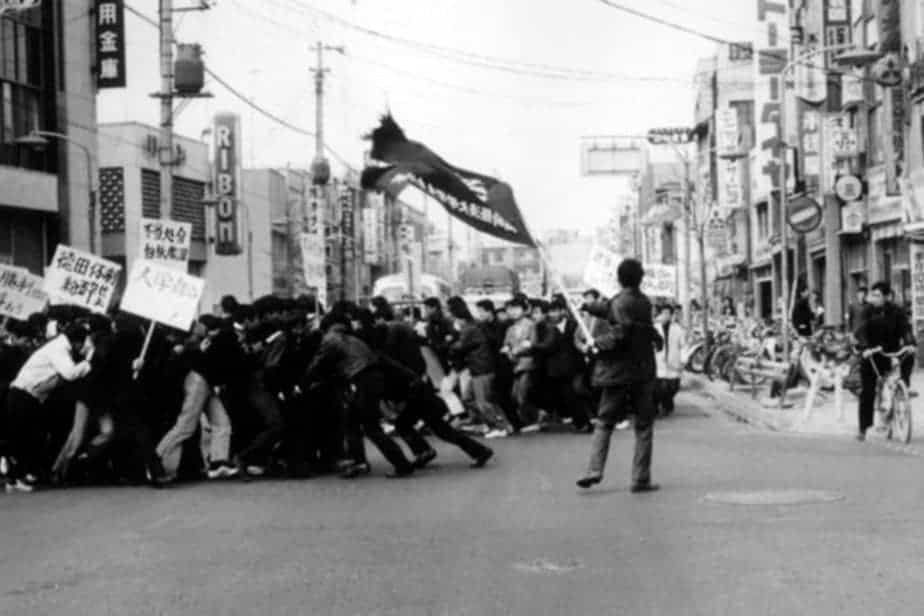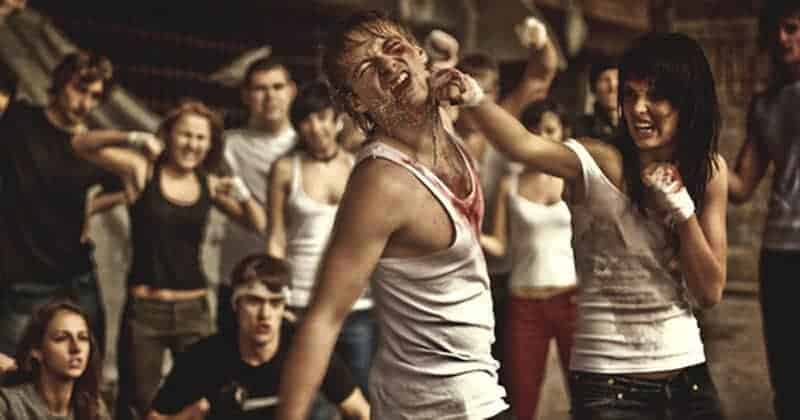Khavn said about this film that it was inspired by the magic realism of Italian author Anna Maria Ortese and is populated by creatures of Philippine myths—duwende, kapre, manananggal, tiyanak. “I wanted to create a meta-fable, an otherworldly questioning eye… make the silly sensible and the mad logical,” he told the Philippine Daily Inquirer.
The film begins in black and white, as a very well-dressed woman is ascending some stairs in a European setting, in order to reach the bank of the river, with the camera following her closely from behind and on the side for the most part. An intense piano track accompanies her steps. Two stanzas from a poem by Alejandro G. Abadilla, the father of modern Filipino poetry, presented on black screen (in silent movies-style) function as transition to the second part, where a number of unlikely creatures emerge from every corner, taking their place among the “regular” humans.
A creature covered in mud emerges from a sewage tube, two zombie-like figures are sitting on a bike, a bunch of children chase and beat a man who bares much resemblance to Greaseman and a headless creature is sitting on a table eating with what appears to be a family. As these unlikely beings roam the streets, with the camera mostly following them around, the rest of the people simply continue with their lives. The intense sound of rain replaces the music of the first part, which, however, soon returns in even more intense fashion.
Anna Maria Ortese's magical realism frequently featured supernatural creatures that were presented as a regular part of a setting, as in the case of “The Iguana”, where the titular being is an ill-treated servant in a noble house. Khavn takes this concept and transfers it on the streets of Manila during the night. One of his poems' lyrics states “Oh My Beloved Darkness”, and this seems to be one of the central ideas of the short, that it is darkness and night that welcome all kind of creatures, as a “kinder” and more “accepting” setting than the day. This concept makes even more sense if these creatures are perceived as a metaphor for the “misfits” of society, who are the people Khavn mostly focuses throughout his career. Once more, children also play a significant role in the movie, with their playful but also violent tendencies adding another level to the context.
Albert Banzon's cinematography captures all the aforementioned in very fitting fashion, with the visual differences between the first and the second part and the way his camera is moving in various directions (from behind moving forward, sideways etc) presenting a very interesting approach to the many ideas Khavn included in his film. The overall aesthetics of the short point towards the horror genre, although the bloody “rules” of the category never fully materialize, while the finale leaves a distinctly dramatic essence.
“Book of Storms and Darkness” is weird, filled with difficult to understand context, but also imaginative, playful, well-shot, and quite entertaining.















